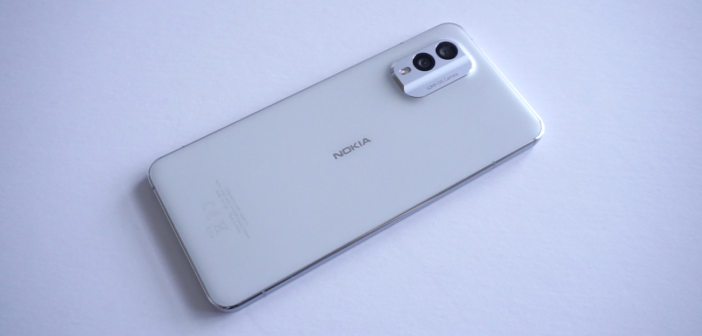When it comes to mid-range smartphones, there’s no shortage of entries from Nokia. The Finnish telecommunications giant has focused on launching more affordable budget and mid-range Android phones in the past few years, and this year’s entries feature some of the best budget hardware that Nokia has to offer.
Launched earlier this year, the Nokia X30 comes with a price that puts it against the likes of the Google Pixel 6a and Nothing Phone 1, and a ton of other mid-range Android phones. Maybe you’re after a phone within this price range from a well-known brand, and with that in mind, it seems that the X30 is a sure win. But what exactly do you get with this phone? Let’s take a look.
Display & Design
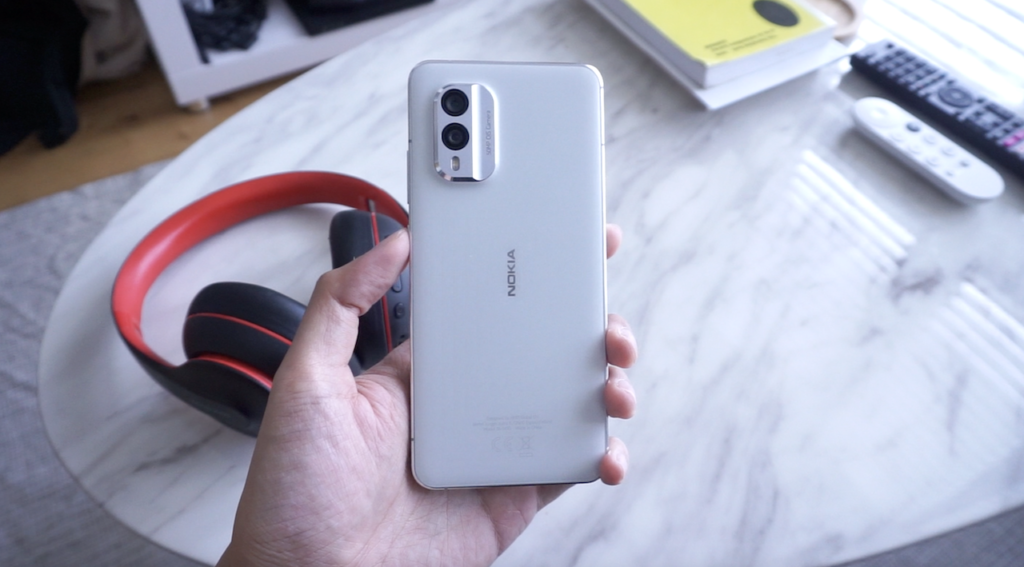
One of the first things that you’ll notice about the Nokia X30 is the display. The phone comes with a 6.43-inch AMOLED display, with a rather impressive 90Hz refresh rate. It also features Gorilla Glass Victus protection, which adds a bit of toughness (although we’d still recommend getting a screen protector).
The display is nice and responsive, and it’s also fitted with an in-display fingerprint scanner, which works nicely and even seems faster than the sensor on the Pixel 6a. With that said, it’s not an awfully-bright screen, topping at 700 nits of maximum brightness. There are also considerably-sized bezels on the top and bottom, which stand out more if you’re used to handsets with smaller borders around the display.
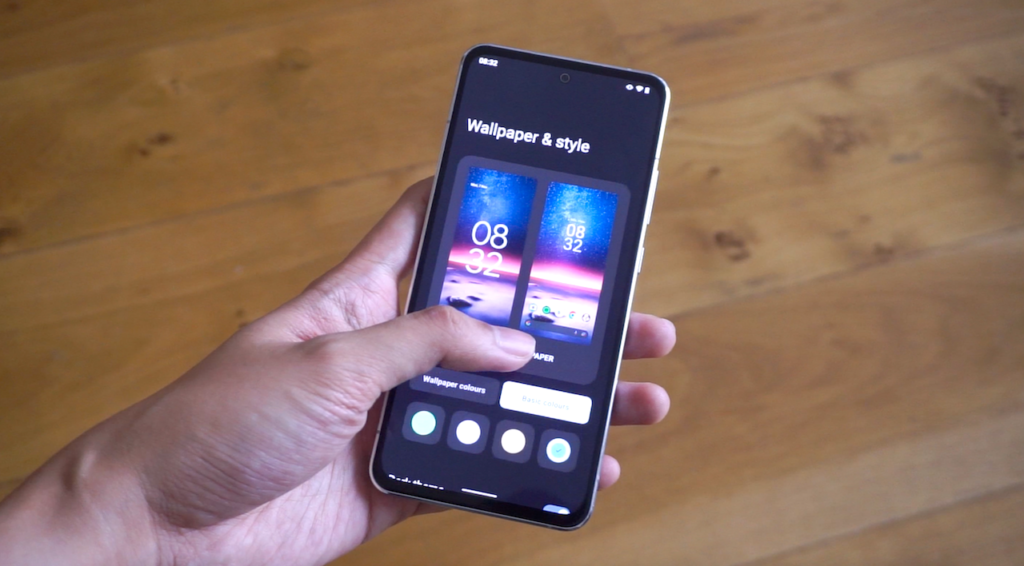
In terms of design, the Nokia X30 comes with a pleasant-feeling matte plastic back, surrounded by a chamfered aluminium frame around the edges of the device. The phone comes in either blue or white, and while it would have been nice to see more colour options, the two variants look clean either way. It’s not too heavy, and overall is pretty easy to handle.
There are some things missing, however – for one, the phone does not come with expandable storage, meaning that you are stuck with either 128 or 256GB of RAM, depending on which memory option you go for. There’s also a lack of 3.5 on the handset, and the single loudspeaker isn’t the best-sounding out there (particularly in low volumes), so this is definitely something to take into consideration.
Performance
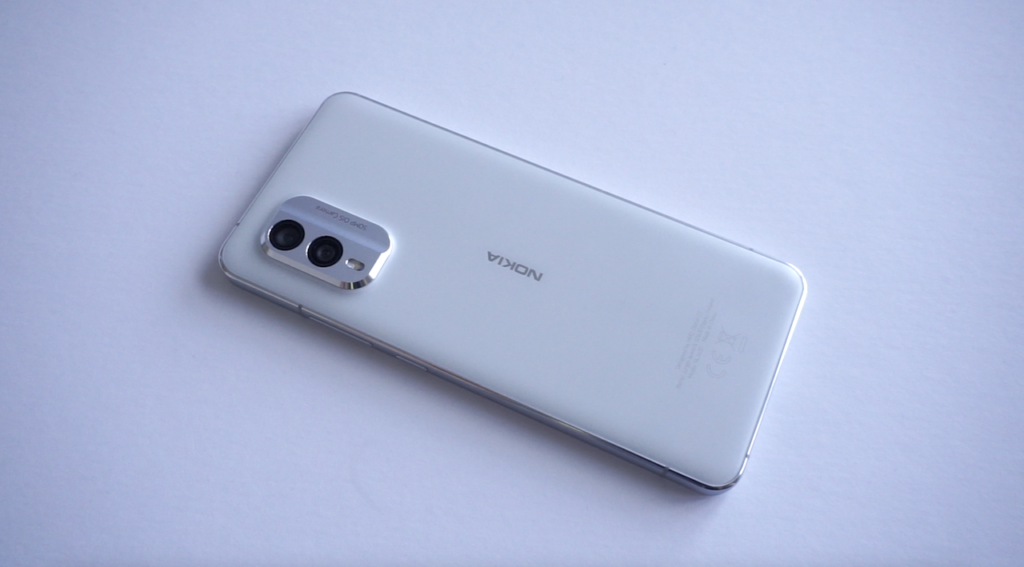
The phone runs on a Qualcomm Snapdragon 695 5G chipset, paired with either 6 or 8GB of RAM. Given that competing phones like the Pixel 6a and Nothing Phone 1 are equipped with arguably more powerful chipsets, it seems that you’ll really have to want the Nokia X30 if you’re alright with less-impressive performance.
That’s not to say that the phone is unusable, though. Daily tasks like communication apps, social media, and web-browsing for example will be a breeze for the smartphone, and the 90Hz display does help in providing a somewhat smooth user experience in general. If you plan on playing games on this device, it’s best to stick to more casual titles, as attempting to run something like Genshin Impact on the 695 will inevitably lead to less-than-stellar results.
As for software, the phone comes with a very clean version of Android 12. It’s part of the “Android One” program, a software-hardware initiative spearheaded by Google alongside several partners (including Nokia) that provides users a bloat-free version of Android with regular software updates. Even the user interface is very similar to what you’d see on a Google Pixel phone, with elements like Material You design taking center stage. Aside from a couple of proprietary Nokia apps, there’s very little getting in the way of the user and an unadulterated version of Android.
Camera
As for camera hardware the X30 comes with a 50-megapixel main camera, 13-megapixel ultrawide camera, and a 16-megapixel front camera. There are no macro or depth sensors on here, and while that makes it sound like it’s “losing out” on imaging capabilities, the story is far from the truth.
The Nokia X30 can get you great shots, and aside from a little oversaturation, they look generally better than what you’d get on most cheap Android phones. There is decent dynamic range, and close-up shots look pretty impressive. In particular, the phone surprisingly excels with low-light shots and night photos, a feat which isn’t easily done with “budget” hardware – there’s a good amount of exposure, something that other phones in this price range tend to miss out on.

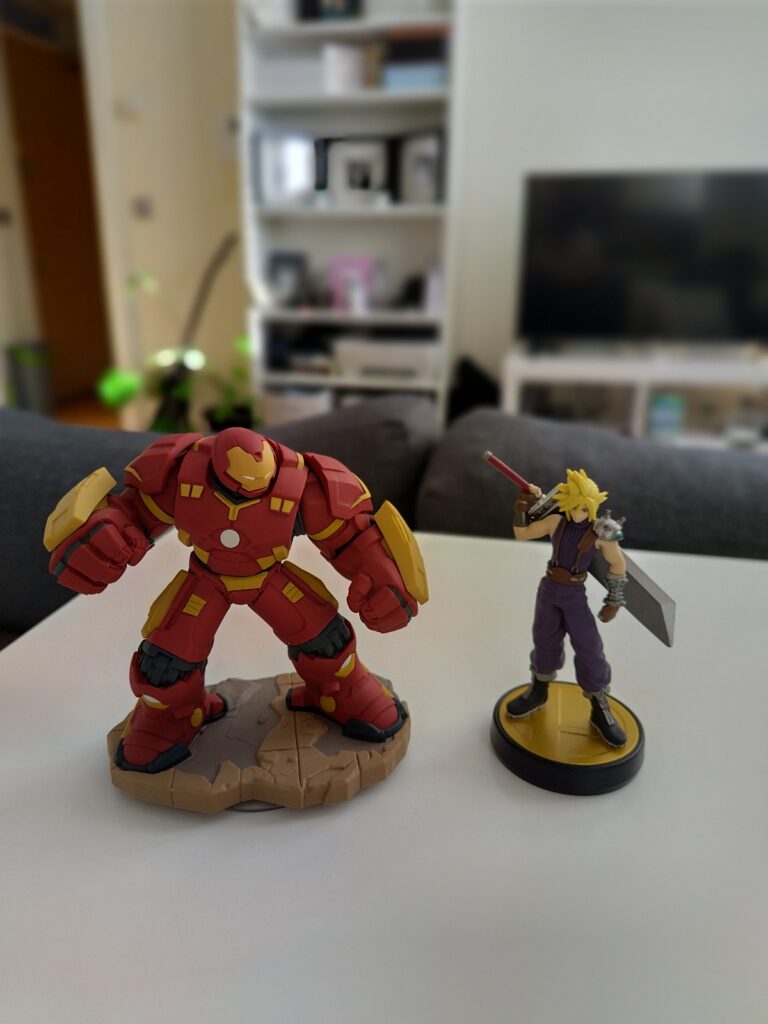
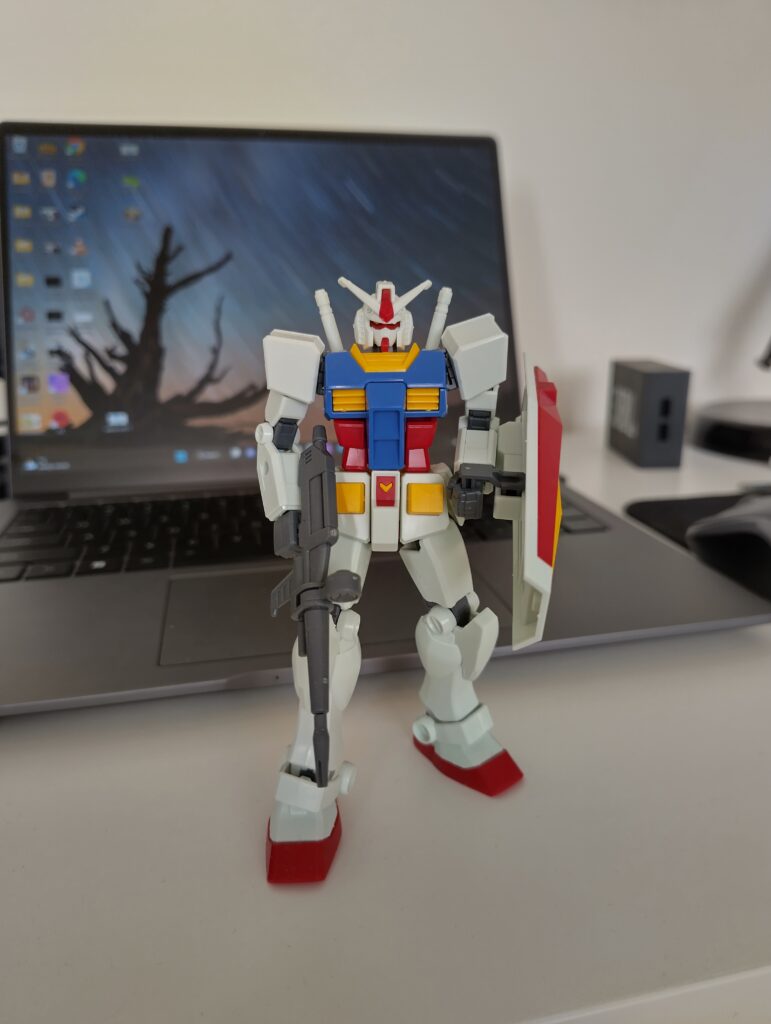
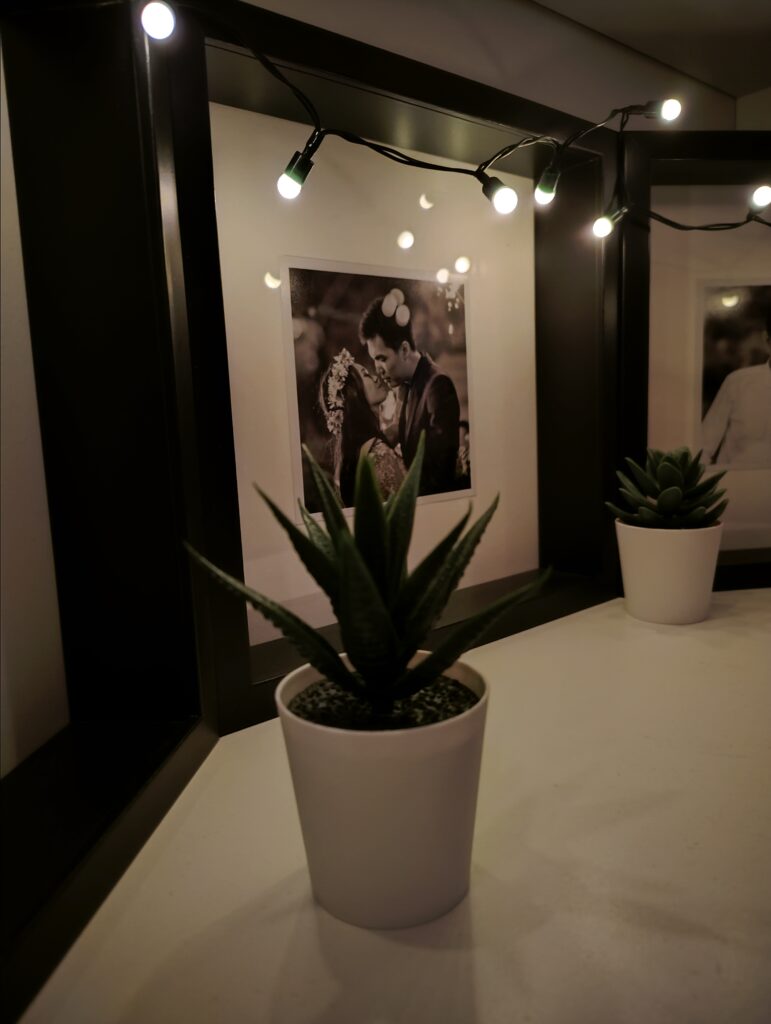

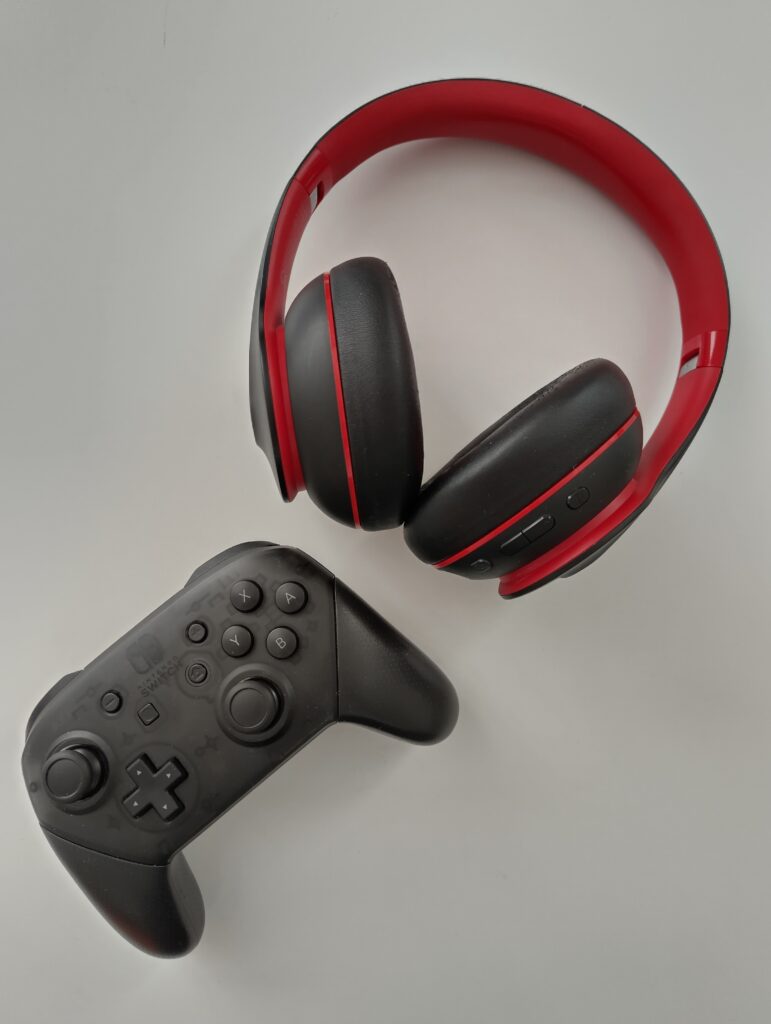
However, video quality is where the phone’s imaging shows its weakness. The Nokia X30 can record video which maxes out at a maximum of 1080p at 30fps, with lackluster video stabilization. Put side by side next to something filmed on a Pixel 6a for example, and the X30 is blown out of the water. It’s best to stick with still photography on this one.
Battery
On one hand, battery performance is where the X30 manages to excel. While the phone doesn’t come with a 5,000 mAh capacity unit – instead opting for a 4,200 power cell – it’s rather capable for day-to-day usage, and most moderate users shouldn’t have any trouble getting their phone to last a day. There’s also 33W fast-charging which isn’t painfully slow, but not as impressive as what you’d see on offerings from Xiaomi and OnePlus, for example.
It’s a dependable device which can get you through an entire day of usage, and I didn’t experience any “mysterious” battery drain, something that can be common among entry-level smartphones. One point of consideration though is the lack of wireless charging, but again the phone’s cost comes to mind here.
Closing Thoughts
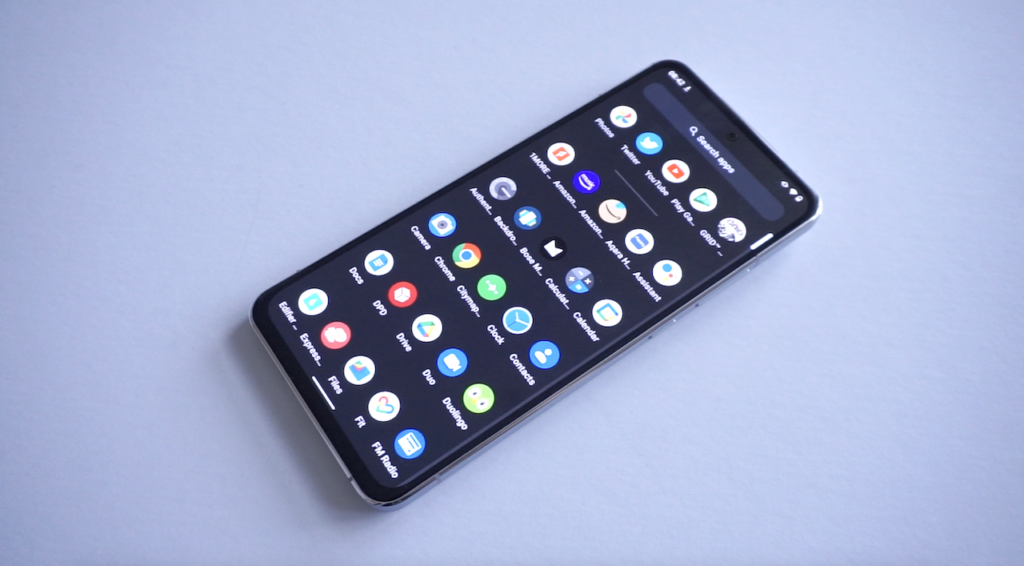
On its own, the Nokia X30 is a capable smartphone – its solid build quality, improved design (compared to recent Nokia Android phones) good-looking display, and decent camera performance are some of its main highlights. While performance and video quality could be better, one could argue that its status as an affordable smartphone calls for these kinds of limitations.
Now this would be fine, except that phones like the Nothing Phone 1 and Google Pixel 6a show that even mid-range Android handsets are capable of giving you near-flagship experiences when it comes to overall performance and camera quality, which are things that the Nokia X30 could use more of. For folks unattached to the Nokia brand, the X30 might require a bit of thinking, in which case you might opt for something from competing OEMs instead.
But if you truly “must” have a Nokia phone, then the Nokia X30 is the best midranger that you can get from the company right now, and it’s still a step in the right direction for the Finnish brand.

